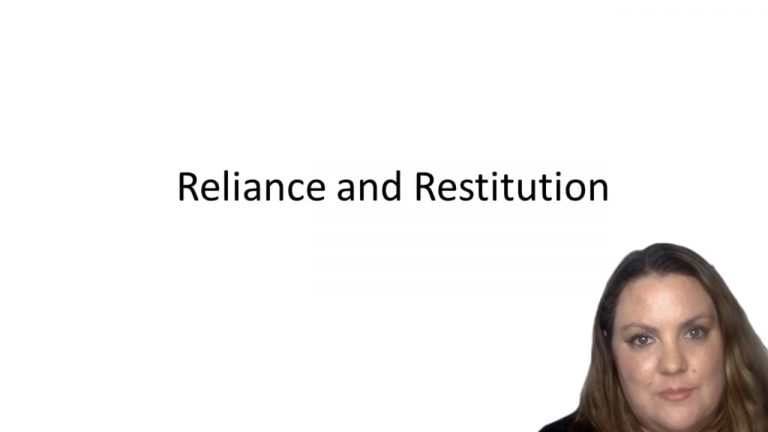SmartBrief
Confirm favorite deletion?
Contracts Keyed to Whaley
Kafka v. Hess
Citation:
United States District Court for the District of Maryland, 2017. NO. JKB-16-1757, 2017. WL 2439142.Facts
George Kafka’s (Plaintiff) mother deeded him her house in 2010. Upon his mother’s death, plaintiff’s aunt, Gladys Hess (Defendant) tried to sell the house, even though she knew it had been deeded to plaintiff. When plaintiff went to his mother’s funeral, he noticed that many of the valuable in her home had disappeared, and defendant asked him to leave. Plaintiff said he was unsure of his rights so he decided to stay away from defendant. Plaintiff later tried to sell the house to prospective buyers, but a second deed recorded in 2011 made the title uninsurable. The second deed purported to transfer the house to defendant, contingent on plaintiff’s mother not exercising a reserved right of disposition during her lifetime. Plaintiff received a letter from defendant’s attorney stating that she was entitled to 50% of the net proceeds from the sale of the property because she spent significant time and money maintaining the house and preparing it for sale.
Only StudyBuddy Pro offers the complete Case Brief Anatomy*
Access the most important case brief elements for optimal case understanding.
*Case Brief Anatomy includes: Brief Prologue, Complete Case Brief, Brief Epilogue
- The Brief Prologue provides necessary case brief introductory information and includes:
Topic:
Identifies the topic of law and where this case fits within your course outline.Parties:
Identifies the cast of characters involved in the case.Procedural Posture & History:
Shares the case history with how lower courts have ruled on the matter.Case Key Terms, Acts, Doctrines, etc.:
A case specific Legal Term Dictionary.Case Doctrines, Acts, Statutes, Amendments and Treatises:
Identifies and Defines Legal Authority used in this case.
- The Case Brief is the complete case summarized and authored in the traditional Law School I.R.A.C. format. The Pro case brief includes:
Brief Facts:
A Synopsis of the Facts of the case.Rule of Law:
Identifies the Legal Principle the Court used in deciding the case.Facts:
What are the factual circumstances that gave rise to the civil or criminal case? What is the relationship of the Parties that are involved in the case.Issue(s):
Lists the Questions of Law that are raised by the Facts of the case.Holding:
Shares the Court's answer to the legal questions raised in the issue.Concurring / Dissenting Opinions:
Includes valuable concurring or dissenting opinions and their key points.Reasoning and Analysis:
Identifies the chain of argument(s) which led the judges to rule as they did.
- The Brief Prologue closes the case brief with important forward-looking discussion and includes:
Policy:
Identifies the Policy if any that has been established by the case.Court Direction:
Shares where the Court went from here for this case.
Topic Resources
Topic Refresher Course

 3m 36s
3m 36s